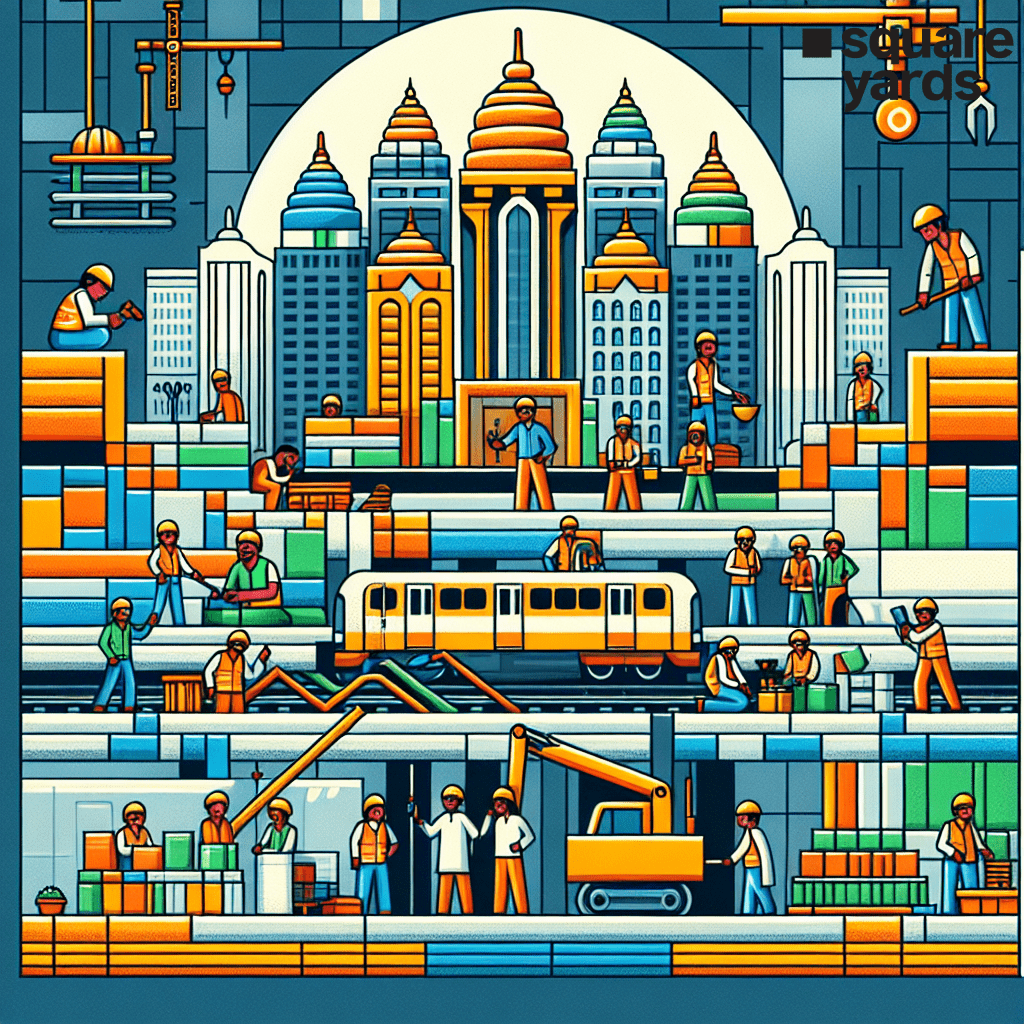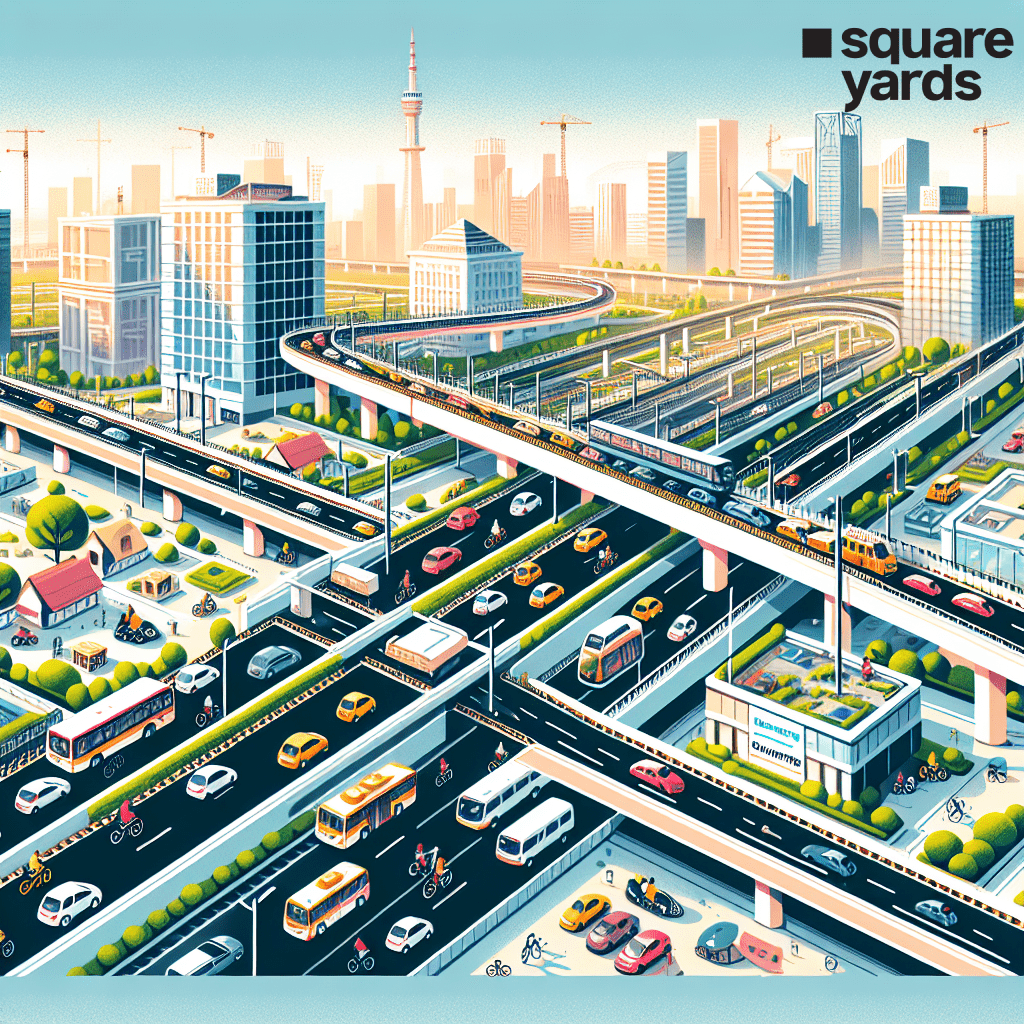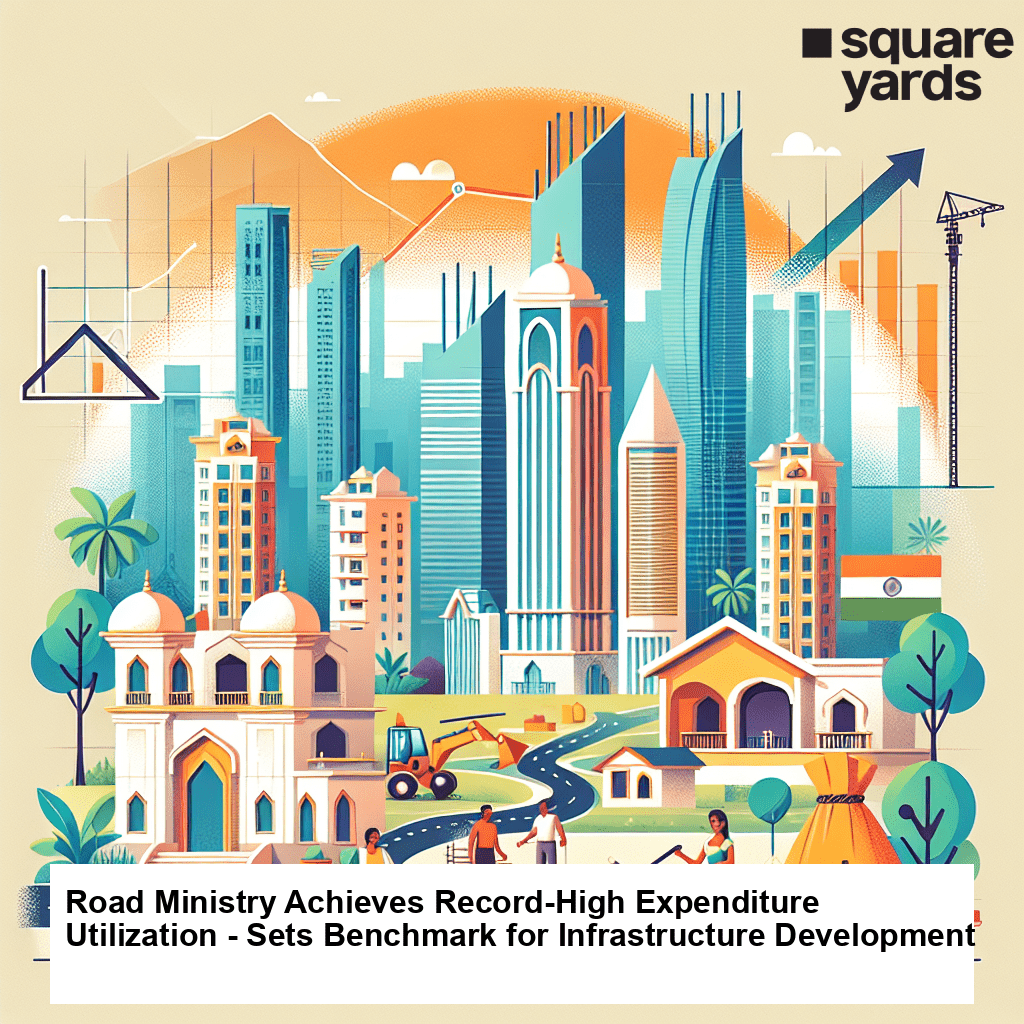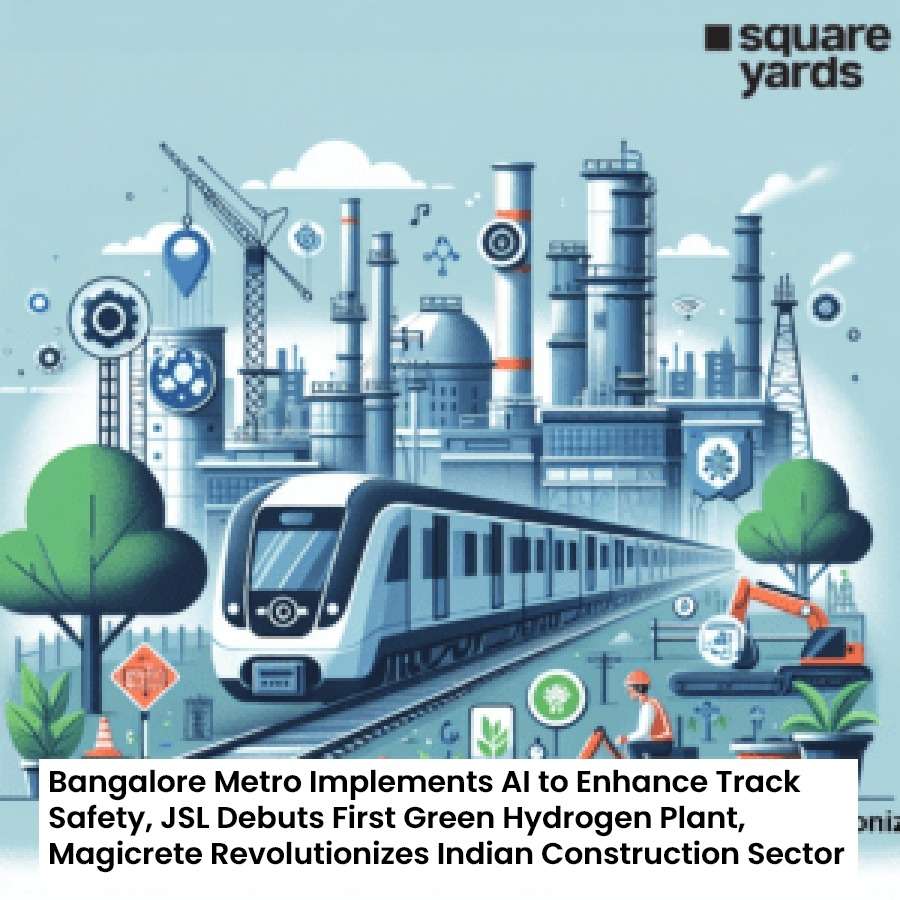The Bangalore Metropolitan Transport Corporation (BMTC) has reported a notable improvement in the operational efficiency of buses despite a surge in the number of vehicles flooding the city streets. Officials from the BMTC revealed that each bus covered an average of 203 kilometres per day in the period of 2023-24, up from the previous year’s average of 186 kilometres. Extended Operating Hours and Longer Routes BMTC officials attribute this improvement to several factors. Firstly, the general shifts for bus operations have been extended from eight hours to 10-11 hours, allowing for greater utilization of vehicles. Additionally, running buses on long-distance routes, including the NICE Road operations from BIEC to Electronics City and suburban routes, has contributed significantly to maximizing fleet size utilization. Benefits for Public and Corporations The presence of more buses on the roads benefits both the public and corporations. The extension of general shifts and payment for overtime work for the bus crew has resulted in improved efficiency in vehicle utilization. Furthermore, the introduction of newly inducted e-buses by private operators has allowed for extended operating hours, further enhancing the efficiency of bus operations. Challenges and Traffic Bottlenecks The BMTC’s operating efficiency has been affected by the escalating traffic congestion in the city. The increased traffic density leads to trip cancellations, higher fuel consumption, and added stress on bus crew members. Over the past 15 years, as the number of vehicles in the city surged from 5.06 million to nearly 10.2 million, the operational efficiency of each bus has decreased from covering 220 kilometres a day to the current average of 203 kilometres. Traffic bottlenecks at various locations in Bangalore, such as Central Silk Board, Hebbal, Tin Factory, Sarakki, and Gorguntepalya, also adversely impact bus operations. In 2019, a priority lane was designated for BMTC buses from Central Silk Board to KR Pura, spanning 17 kilometres. However, these lanes were replaced by the Namma Metro’s Blue Line following the commencement of construction work on the Outer Ring Road by the Bangalore Metro Rail Corporation Limited (BMRCL) in 2020. Despite longstanding proposals to construct bus priority lanes on ten major corridors, these plans remain on paper. The BMTC Fleet and Future Challenges Although the number of vehicles in the city has seen a substantial increase, currently standing at 10.2 million, the BMTC fleet size has not experienced a significant rise. With a fleet of 6,100 buses, including newly introduced e-buses, the BMTC operates within a 25-kilometer radius from the Bruhat Bengaluru Mahanagara Palike (BBMP) limits. As the traffic congestion on the roads continues to pose a significant challenge, the BMTC aims to find innovative solutions to enhance its operational efficiency and better serve the commuters in Bangalore.
Efficiency of Bangalore buses improves despite traffic congestion















